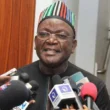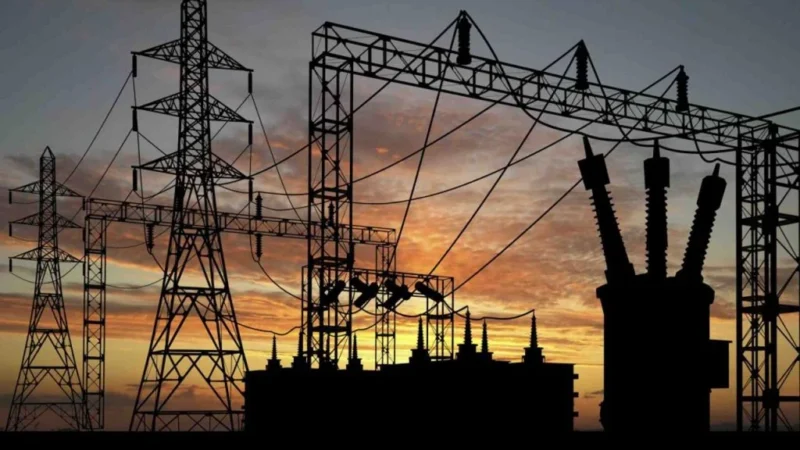The Federal Government has revealed plans to introduce 1,900 megawatts (MW) of solar power into Nigeria’s electricity system to boost renewable energy and strengthen the national power grid. This initiative will see the construction of modular solar plants with a combined capacity of 1,900MW across the 19 northern states, helping the country meet its growing energy demands.
The announcement was made by the Minister of Power, Adebayo Adelabu, during the Ministerial Press Briefing Series held on Thursday in Abuja. According to Adelabu, the solar-powered plants will each produce about 100MW, allowing each northern state to become more energy-independent and reducing its reliance on the national grid. These efforts are part of the government’s broader strategy to reach a target of 8,000MW of electricity generation by the end of President Bola Tinubu’s first term in office, which ends in 2027.
Notably, the northern region has struggled with consistent power supply due to issues such as vandalism and theft of vital infrastructure. Last year, a surge in attacks led to a month-long blackout in 17 northern states, severely disrupting power supply. The governors of these states have since called for a more diverse energy mix to prevent similar problems in the future.
“We have abundant sunshine in Nigeria, which makes solar energy a viable option for large-scale power generation,” Adelabu noted. Private investors such as Sun Africa Energy and Skipper Electric are also keen to invest in Nigeria’s power sector, contributing to both renewable energy generation and the expansion of the power grid. According to Adelabu, Sun Africa plans to bring in 1,000MW of solar power, while Skipper Electric will build modular solar plants in each of the 19 northern states, adding solar energy to the national grid.
The minister also pointed out the significant progress in power generation under the current administration. He reported that Nigeria’s average daily generation has increased from 4,100MW in the third quarter of 2023 to 5,700MW in the last quarter of 2025, peaking at 5,800MW. He credited this improvement to President Tinubu’s leadership and assured that if this momentum continues, the country could hit the 8,000MW target by 2027.
“I assumed office in August 2023, and in just over a year, we’ve moved from an unstable 4,100MW to a steady 5,800MW,” Adelabu said. He added that Nigeria’s power generation has significantly outpaced past administrations, which, over nearly 40 years, managed to grow generation by only 2,000MW.
One of the key initiatives to strengthen the grid, according to Adelabu, is attracting private investment to build new transmission lines, substations, and install transformers. The government is working with private investors to expand the national grid, a crucial step given the financial constraints faced by the government.
“The national grid is currently owned entirely by the government, but we are exploring partnerships with the private sector to fund the construction of new infrastructure,” Adelabu explained. As part of the grid’s expansion, 61 new transformers have already been commissioned by the Transmission Company of Nigeria (TCN), with additional transformers planned for key locations in Lagos, Benin, Bauchi, Oshogbo, Kano, and Kaduna.
Despite the challenges, the minister expressed confidence in Nigeria’s ability to stabilize its grid. The TCN’s recent efforts have allowed the grid to handle up to 5,800MW without collapsing, and if generation reaches 8,700MW, the grid can still carry that load, thanks to ongoing upgrades.
Currently, about 150 million Nigerians have access to reliable electricity, while 80 million people still lack consistent power supply. Adelabu noted that while access to electricity is improving, the real challenge lies in ensuring stability and affordability for all users.
Looking forward, he mentioned the government’s efforts to regionalize the national grid. This would ensure that issues in one part of the country do not disrupt power supply elsewhere. Additionally, progress is being made on the long-delayed Kaduna Power Plant, which is now 87% complete and expected to begin operation by the end of 2025. The plant, originally scheduled to be completed in 2013, had been abandoned until President Tinubu’s administration intervened.










